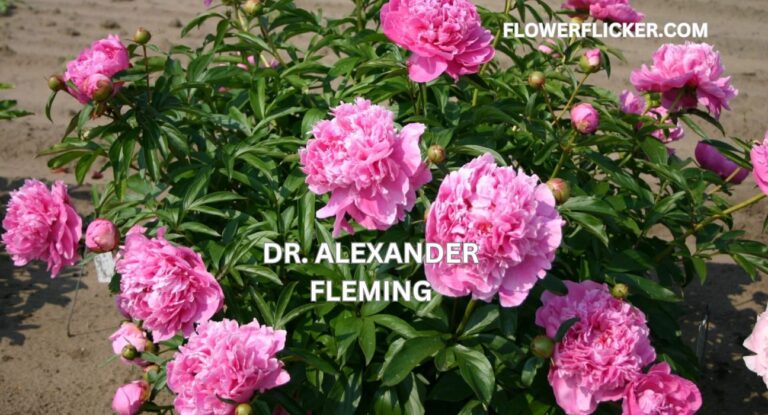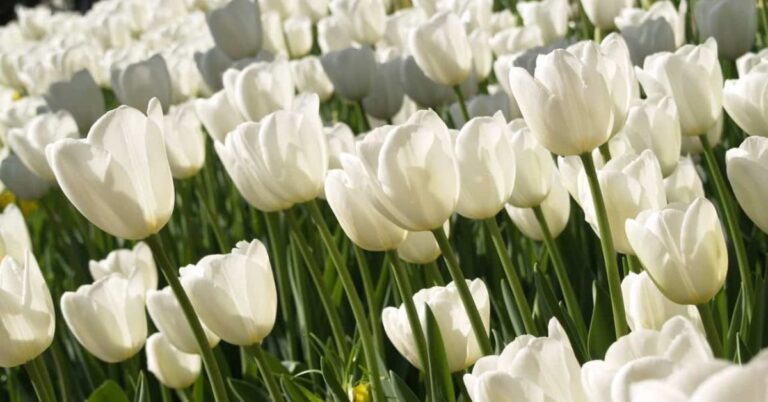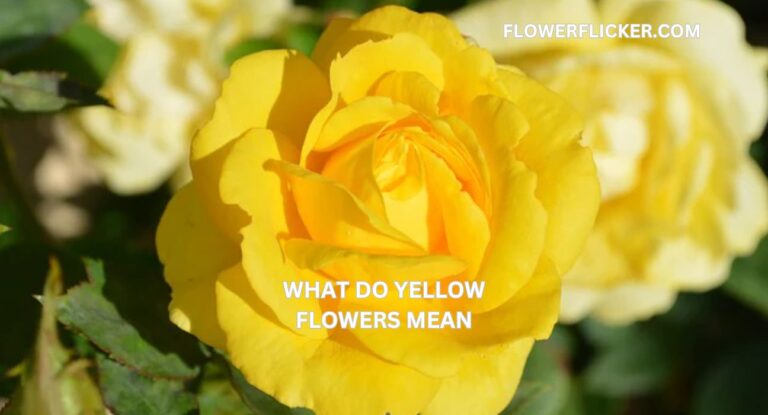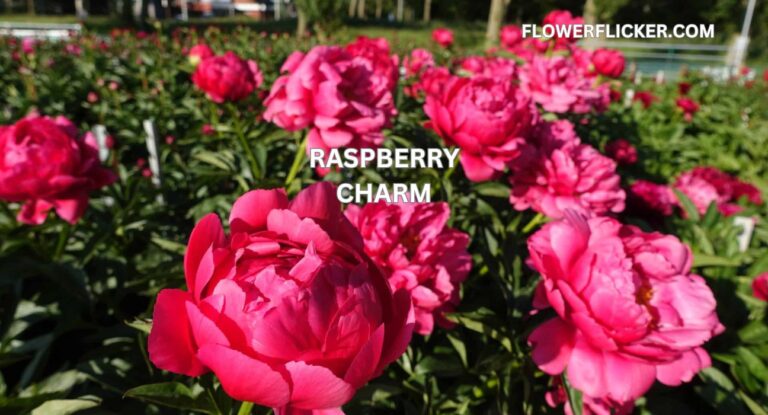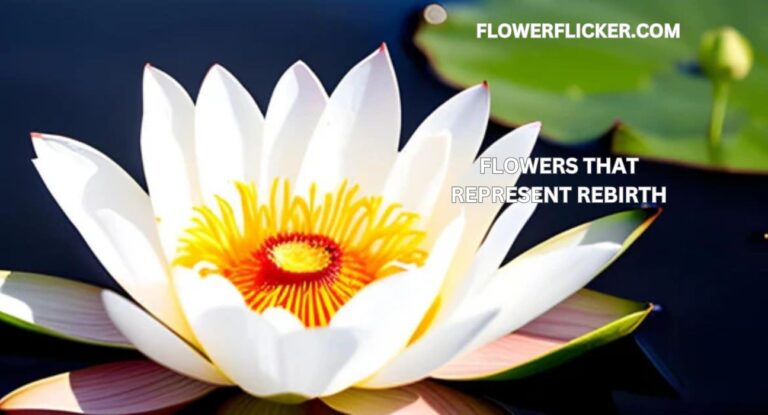Flowers That Mean Sadness: A Guide to Mourning Blooms
Introduction
Understanding Floral Symbolism
Flowers have long been used as symbols to convey emotions and sentiments without words. Among these, some blooms are deeply associated with sadness, mourning, and grief. These flowers often appear at funerals, memorials, or other somber occasions to express loss, regret, or sympathy. Understanding the symbolism behind these blooms can help you choose the right flowers for meaningful moments.
The Role of Flowers in Expressing Emotions
Flowers that mean sadness play a crucial role in helping people express grief when words fall short. They offer a silent but powerful way to honor loved ones, convey condolences, or reflect on difficult emotions. Their beauty and symbolism create a bridge between the living and those who are remembered.
Read More: Popular Flowers for Weddings
Historical Significance of Flowers Symbolizing Sadness
Cultural Interpretations Across Different Eras
Throughout history, flowers have been used to represent emotions, particularly in times of mourning. Ancient Greeks used flowers to decorate tombs, believing they comforted the departed souls. Similarly, in medieval Europe, flowers like marigolds symbolized remembrance and were placed at gravesites. This tradition has continued, with each era adding its own layers of meaning to floral choices.
The Language of Flowers in Victorian Times
The Victorian era popularized the “language of flowers,” assigning specific meanings to various blooms. Flowers that meant sadness, such as lilies and chrysanthemums, became common in funeral arrangements. This practice allowed mourners to communicate their grief subtly and respectfully. Today, many of these Victorian interpretations still influence modern floral traditions.
Top Flowers Associated with Sadness and Mourning
Lilies: Purity and Grief
Lilies are one of the most common flowers used in funerals, symbolizing purity and the soul’s return to innocence. White lilies, in particular, are associated with peace and the hope of eternal rest. Their serene beauty makes them a staple in mourning ceremonies.
Chrysanthemums: Death and Lamentation
In many cultures, chrysanthemums are directly linked to grief and death. In Asia, they are used exclusively for funerals and memorials, while in Europe, they symbolize lamentation. Their strong association with sorrow makes them a prominent choice for mourning.
Marigolds: Sorrow and Remembrance
Marigolds have a deep connection to remembrance, particularly in Latin American traditions like Día de los Muertos. Their vibrant colors symbolize both the pain of loss and the celebration of life. Marigolds remind us to honor the memories of those who have passed.
Hyacinths: Deep Regret and Sadness
Hyacinths carry meanings of regret and sadness, especially purple hyacinths. They are often included in arrangements meant to express apologies or sorrow. Their delicate petals and soothing fragrance offer comfort during tough times.
Roses: Colors and Their Mourning Meanings
Roses are versatile flowers with meanings that vary by color. Black roses symbolize grief and farewell, while white roses represent purity and remembrance. These iconic blooms are a common sight at funerals and memorials.
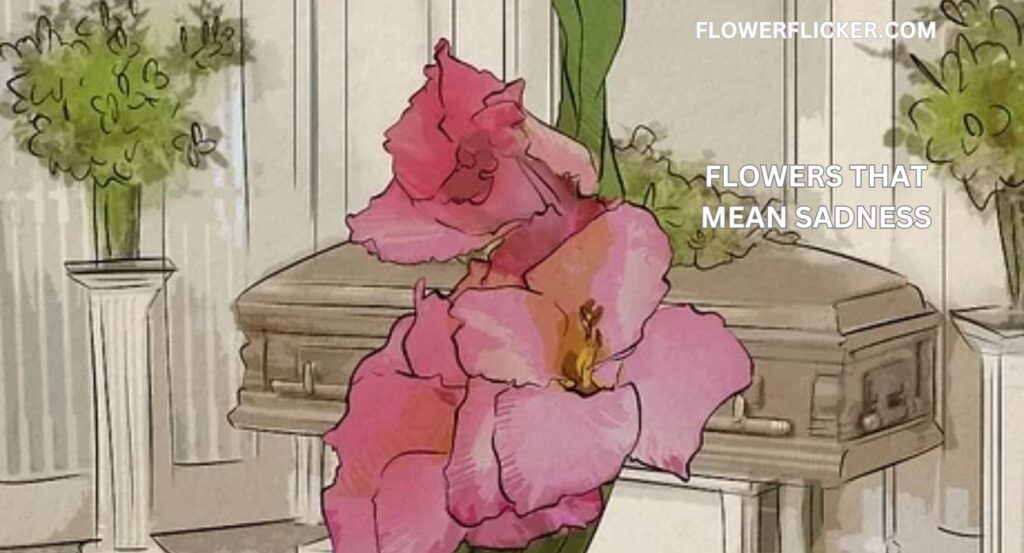
Cultural Variations in Floral Meanings
Eastern vs. Western Symbolism
Eastern cultures often associate white flowers, such as chrysanthemums, with death and mourning. In contrast, Western traditions use a variety of colors to symbolize different aspects of grief. These cultural differences highlight how flowers serve as a universal language for expressing sadness.
Specific Flowers in Funerary Traditions
In Japan, white chrysanthemums are reserved exclusively for funerals, symbolizing grief and reverence. Similarly, in Mexico, marigolds guide the spirits of loved ones during Día de los Muertos. Each culture has its unique way of honoring the departed through floral symbolism.
Incorporating Sadness-Representing Flowers in Arrangements
Designing Sympathy Bouquets
Sympathy bouquets often include flowers that mean sadness, such as lilies, roses, and chrysanthemums. These arrangements are designed to offer comfort and show support during times of grief. Pairing these blooms with greenery creates a balanced and respectful bouquet.
Appropriate Floral Choices for Funerals
Funeral arrangements often include white lilies, chrysanthemums, and other symbolic flowers. These blooms convey messages of peace, love, and remembrance. Choosing culturally appropriate flowers ensures your gesture is both meaningful and respectful.
Read More: Beautiful Flowers That Represent New Beginnings
The Therapeutic Role of Flowers in Grieving
How Floral Arrangements Aid in Healing
Flowers provide comfort by creating a calming and serene atmosphere during difficult times. Their beauty and fragrance can soothe emotions and offer a sense of closure. Placing flowers at a gravesite or memorial helps mourners process their grief.
Personalizing Memorial Services with Symbolic Blooms
Incorporating specific flowers with personal significance can make memorial services more meaningful. For instance, using a loved one’s favorite blooms or culturally significant flowers creates a deeper emotional connection. Personalization helps families honor their loved ones in a unique way.
Flowers That Mean Sadness in Literature and Art
Throughout history, flowers symbolizing sadness have played prominent roles in literature and art. Writers like William Shakespeare often referenced flowers such as rosemary and pansies to signify grief and remembrance. In visual art, painters have used drooping blooms like wilted roses to depict sorrow. These symbolic depictions highlight the deep emotional connection between flowers and human experiences of loss.
The Role of Color in Flowers That Represent Sadness
The color of a flower often amplifies its meaning, especially in the context of sadness. White blooms, like lilies and chrysanthemums, symbolize purity and peace, making them ideal for funerals. Meanwhile, darker hues such as deep red or black roses convey grief and farewell. Choosing the right color enhances the emotional impact of floral arrangements for mourning.
Flowers That Mean Sadness in Different Religions
Religious traditions often incorporate flowers that symbolize sadness during rites of mourning. In Christianity, lilies are associated with the Virgin Mary and the purity of the soul, making them a common funeral choice. Hindu customs use marigolds for their vibrant colors, signifying remembrance and the cycle of life and death. These practices show the spiritual significance of flowers in expressing grief.
How Seasonal Availability Affects Flowers of Sadness
Seasonal availability plays a crucial role in selecting flowers that mean sadness. For instance, marigolds are abundant in autumn, aligning with traditions like Día de los Muertos. Lilies and roses, often grown year-round, remain versatile options for mourning throughout the seasons. Opting for seasonal flowers ensures freshness and affordability while honoring the occasion.
Modern Uses of Flowers That Symbolize Sadness
In modern times, flowers representing sadness are not limited to funerals and memorials. People also use them in art installations, personal gardens, and mindfulness practices to honor loss and reflect on grief. Their symbolic meanings allow individuals to process emotions and find solace. This evolving use demonstrates how these blooms continue to provide comfort in contemporary contexts.
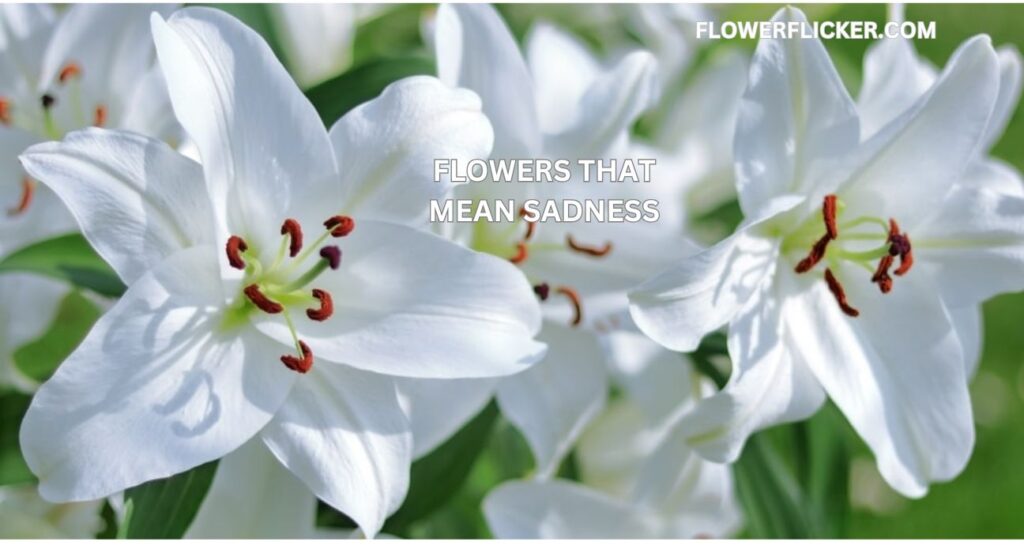
Conclusion
Flowers that mean sadness play a vital role in helping people express grief and honor the memories of loved ones. From lilies symbolizing purity to marigolds representing remembrance, each bloom carries profound meaning. By understanding the symbolism behind these flowers, you can choose arrangements that convey your emotions with care and respect. Whether for a funeral, memorial, or personal reflection, these flowers remind us of the enduring connection between beauty and loss.
Read More: Beautiful Flowers That Represent Loyalty & Their Meanings
Frequently Asked Questions
1. What are flowers that symbolize sadness?
Flowers like lilies, chrysanthemums, marigolds, and black roses symbolize sadness. These blooms often appear in funerals and memorials to convey grief and mourning.
2. Why do lilies represent sadness?
Lilies represent sadness because they symbolize purity and the soul’s return to innocence. They are commonly used in funeral arrangements to honor the deceased.
3. What does a black rose signify?
A black rose signifies grief, farewell, and the end of a chapter. It is often associated with mourning and loss, making it a symbolic flower for sadness.
4. Which flower is used most in funerals?
Lilies are used most in funerals due to their association with purity, peace, and eternal rest. Their serene appearance makes them a preferred choice for mourning.
5. How do chrysanthemums express sadness?
Chrysanthemums express sadness by symbolizing death and lamentation, especially in Asian and European cultures. They are often used in funerals and remembrance ceremonies.
6. Why are marigolds linked to remembrance?
Marigolds are linked to remembrance because they are used in traditions like Día de los Muertos to honor departed loved ones. Their vibrant colors represent both grief and celebration of life.
7. What does a purple hyacinth symbolize?
A purple hyacinth symbolizes deep regret and sadness. It is often included in sympathy arrangements to express apologies or sorrow.
8. Can roses signify sadness?
Yes, roses can signify sadness depending on their color. Black roses represent grief, while white roses symbolize remembrance and purity in times of mourning.
9. How do flowers help in mourning?
Flowers help in mourning by offering a visual expression of grief and comfort. Their symbolism provides a way to honor loved ones and create a peaceful atmosphere.
10. Are there cultural differences in flowers representing sadness?
Yes, cultural differences exist in flower symbolism. For example, white chrysanthemums symbolize grief in Japan, while marigolds are used for remembrance in Mexico.


